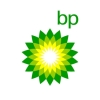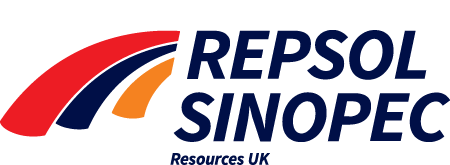In offshore safety, organisations have safe systems of work with procedures and typically have some Supervisory training in place. Many reach a level of system compliance that keep an auditor happy. Yet, incident rates may remain stubborn.
Why? Here are some areas to check:
- Do people know who is responsible for every safety element? Are Tool Box Talks and briefings clear? Engaging?
- Is understanding confirmed (and not just ‘sign here’)?
- Do risk assessments always involve all those related to the work? How easy is it, really, to ‘Stop the Job’ ?
- Is there genuine openness and inclusion from all, even the new start? Will there be challenge when a risk assessment is seen as incomplete?
- Does the team engage in safety on issues that exceeds those simply required by ‘compliance’?
Safety is a proactive pursuit.
It is rather less about the absence of negatives and more about the addition of positives. These positives include safety procedures and systems, an understanding about why the systems are in place and most importantly, positive involvement, consultation, engagement with a team.
This proactivity, by its very nature, is ongoing – engagement is not permanent – so, commitment to this by the organisation in terms of being good to maintaining an open and involving culture across all assets, offshore and onshore is vital.
We ask people to work offshore in the understanding that it is an environment that comes with risk. We cannot falsely guarantee to them they will be safe by transacting certain safety principles or following a safety process. Offshore workers who are aware and alert should be the standard that Supervisors maintain with genuine open dialogue about safety and working processes. Supervisors who can adapt and connect with all in their team to relate, to keep them involved, engaged and trusting, in the dynamic offshore environment.
Of course, this has to come with fundamental understanding of key safety processes. After all, safety culture, is broadly defined as ‘the way we do things round here’ including how we comply with the safe systems of work.
So, we should be clear on:
- What…to do and what the Company expects. Understanding the key safety tools and processes.
- Why…they are doing it, why it’s fundamental to our work and our responsibilities and impact as Safety Leaders.
- How…to adapt, connect and engage their teams in safety as Offshore Supervisors and Leaders, making the tools and processes more effective and to be safety alert in a dynamic environment.
The safety standard ISO45001 has well and truly put safety culture on the map, developing, leading and promoting a culture in the organisation that supports safety management systems.
Rules and procedure are only part of the story, the other part is the thinking and sensing human being that is currently undertaking the work on some installation and whom the Supervisor needs to engage, involve and inspire.

To find out more, please look at our Offshore Safety Leadership course here and contact us for further information.



























